Maintain reel primary arms for consistent initial reeling control
Feb 18, 2015
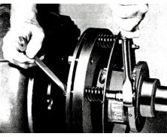
Primary arms
The primary arms receive the empty spool, position it into location for turn-up and transfer it to the rails for log building. The primary arms contain air loaded hooks which hold the spool against the spool supports and drum. There are control interlocks for safe operation that prevent unloading the hooks at the wrong time and dropping the spool.
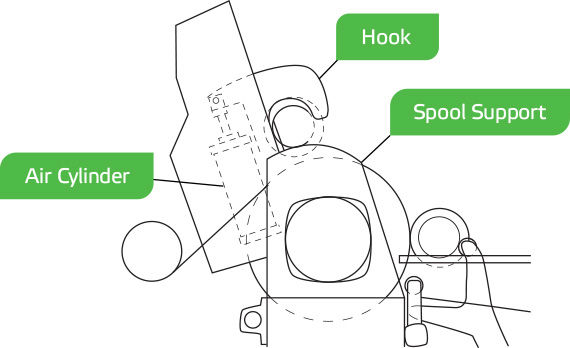
There are two distinct motions involving the primary arms. The first motion is when the hooks slide within the primary arms, activated by air cylinders mounted inside the arms. The sliding surfaces should be lubricated with a dry lubricant to eliminate a buildup of paper dust. This contamination can cause a jerking sliding motion of the hook and possible wearing of the slide surfaces. Periodic cleaning and relubrication of the sliding surfaces are required.
Check the air cylinders occasionally for leaking packing and air connections, worn or bent cylinder rods and worn pivots. Small shear pins are used in the cylinders to act as a safety device in case the hooks become restricted and cannot be operated to the unload position when a spool building a paper log is on the secondary rails.
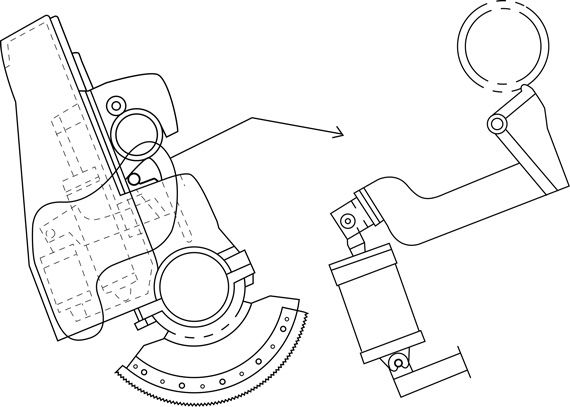
The second motion is the primary arms rotating around the reel drum bearing housings. Gear segments are fixed to the lower portions (caps) of the arms which are driven by two pinions mounted on a cross shaft. Grease the pivot fit between the bearing housing and primary arms regularly to prevent undue wear. Grease fittings for this are provided.
Electric magnetic brake motor
The primary arm cross shaft drive consists of an electric magnetic brake motor and gear reducer, which drive the shaft through a torque coupling (slip clutch).
The brake motor stops and holds the primary arms when the motor current is shut off. Many brake motors are self-adjusting and those that are not have a wear indicator to show when adjustment is necessary.
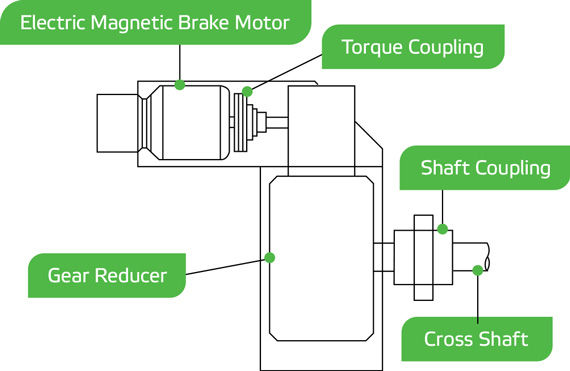
In order to check the brake properly, you will need a maximum diameter transferable log. If the brake is set correctly, you should be able to stop and hold this log slightly above the rails.
Possible causes of slippage include: excessive lining wear, oil or grease on the lining, and improper brake adjustment. Read the instructions, usually printed on or inside the brake cover, and proceed accordingly.
Torque coupling adjustment
The torque coupling is protection against limit switch failure to turn off the primary arm drive motor in the fully raised or lowered position. It allows slippage between shafts to prevent gear segment breakage.
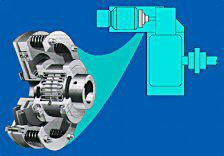
Loosen the springs, keeping uniform spacing between the plates, until the torque coupling slips instead of lifting the spool. Then retighten the springs approximately 1/16” to 1/8”, depending on the size of the torque coupling, while keeping the plate spacing uniform, so that the empty spool can be lifted from the rails to a fully raised position.
NOTE: If the torque coupling is set only tight enough to lift an empty spool, it will usually not slip while lowering a built-up spool. This is due to efficiency loss through the double reduction gear reducer.
If, after start-up, the torque coupling slips while the motor brake is trying to stop the primary arms approaching the rails, tighten the coupling springs until the coupling does not slip under such conditions.
CAUTION: A torque coupling that is set too tight is no longer a safety device.
Other causes of slippage are excessive lining wear and oil or grease on the lining material. In the latter case, remove the friction plates and clean them in Stanisol or another suitable solvent. Reinstall plates at light spring pressure and force them to slip for short periods. DO NOT allow them to overheat. Readjust the springs as described previously.
For more information about proper reeling process, adjustment and regular maintenance, contact your Valmet representative.